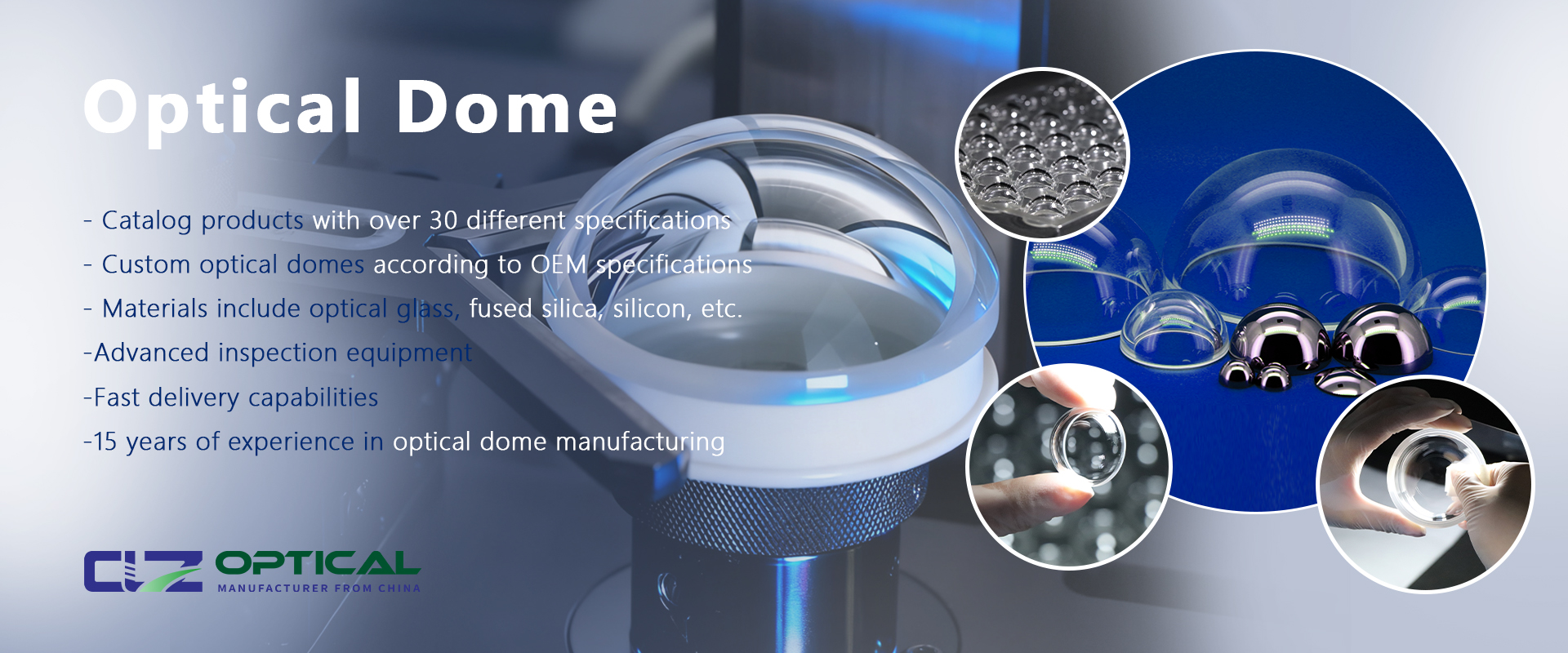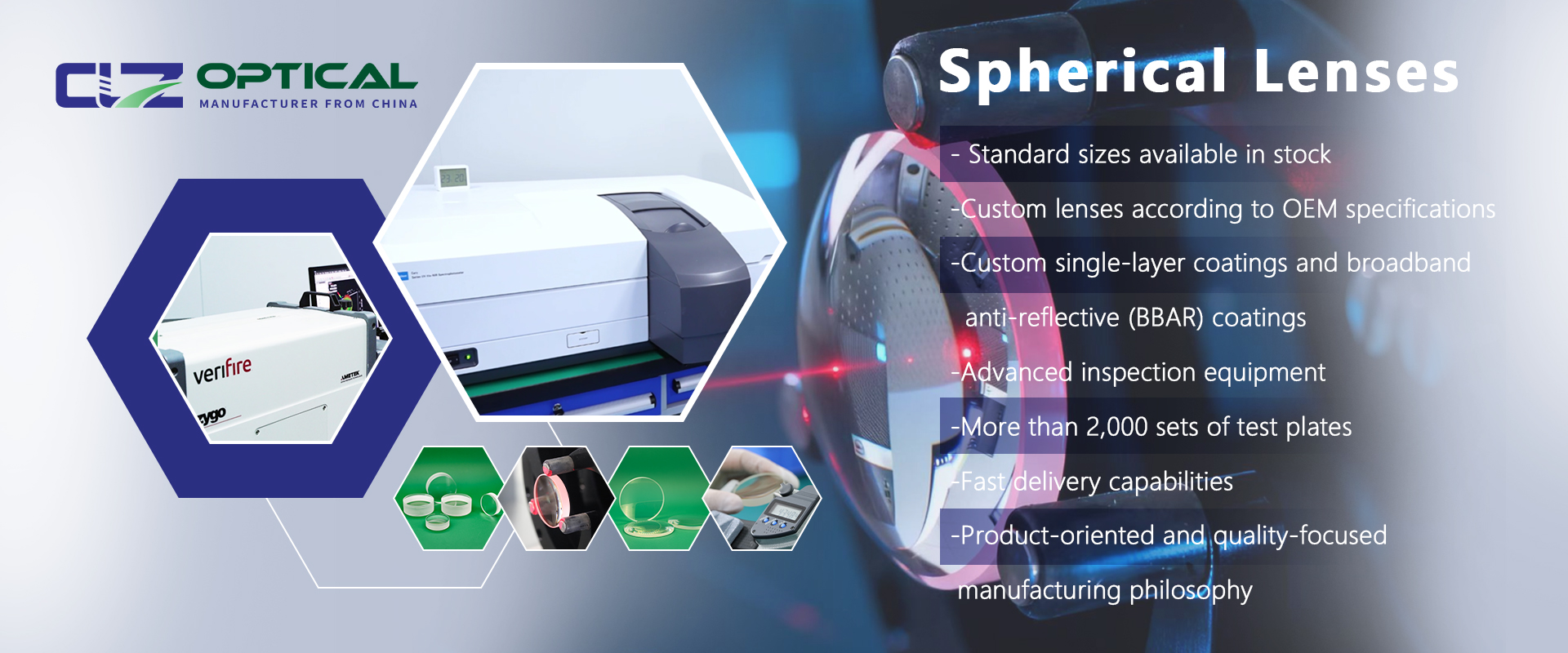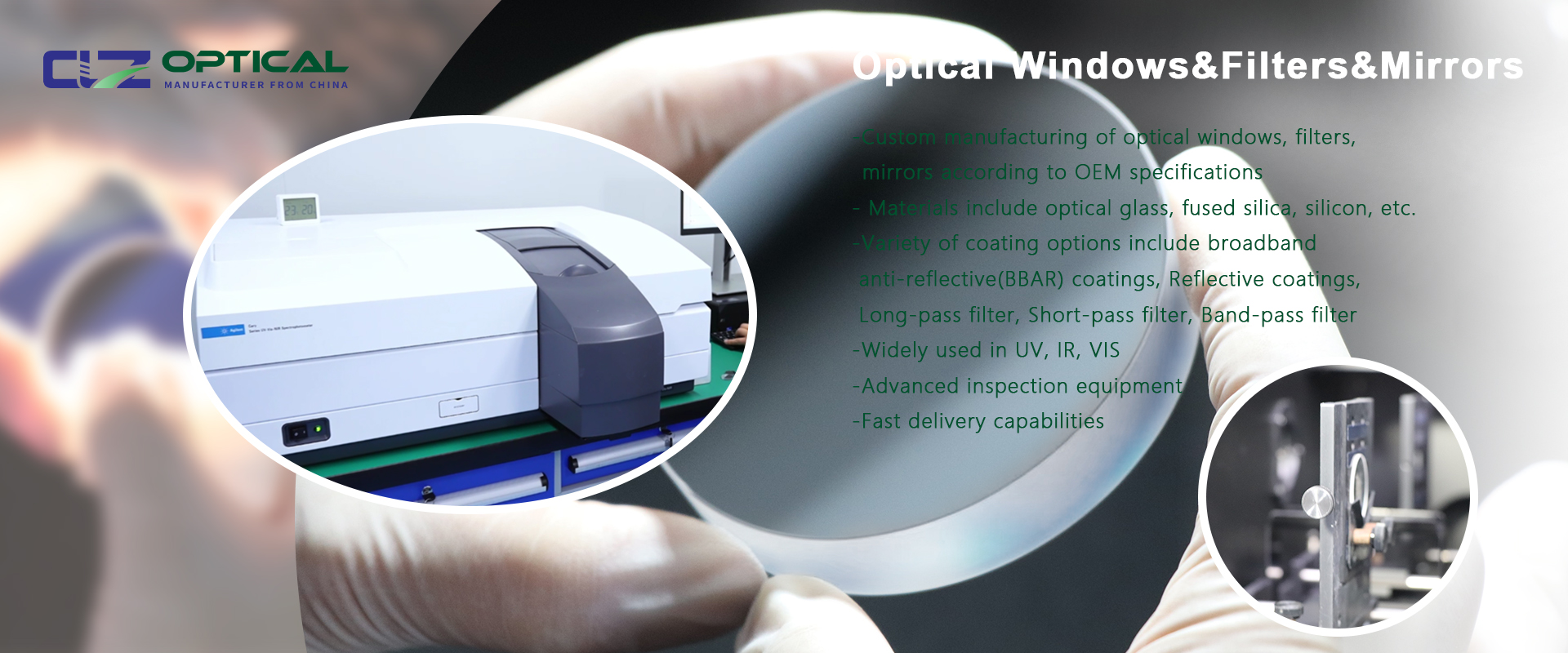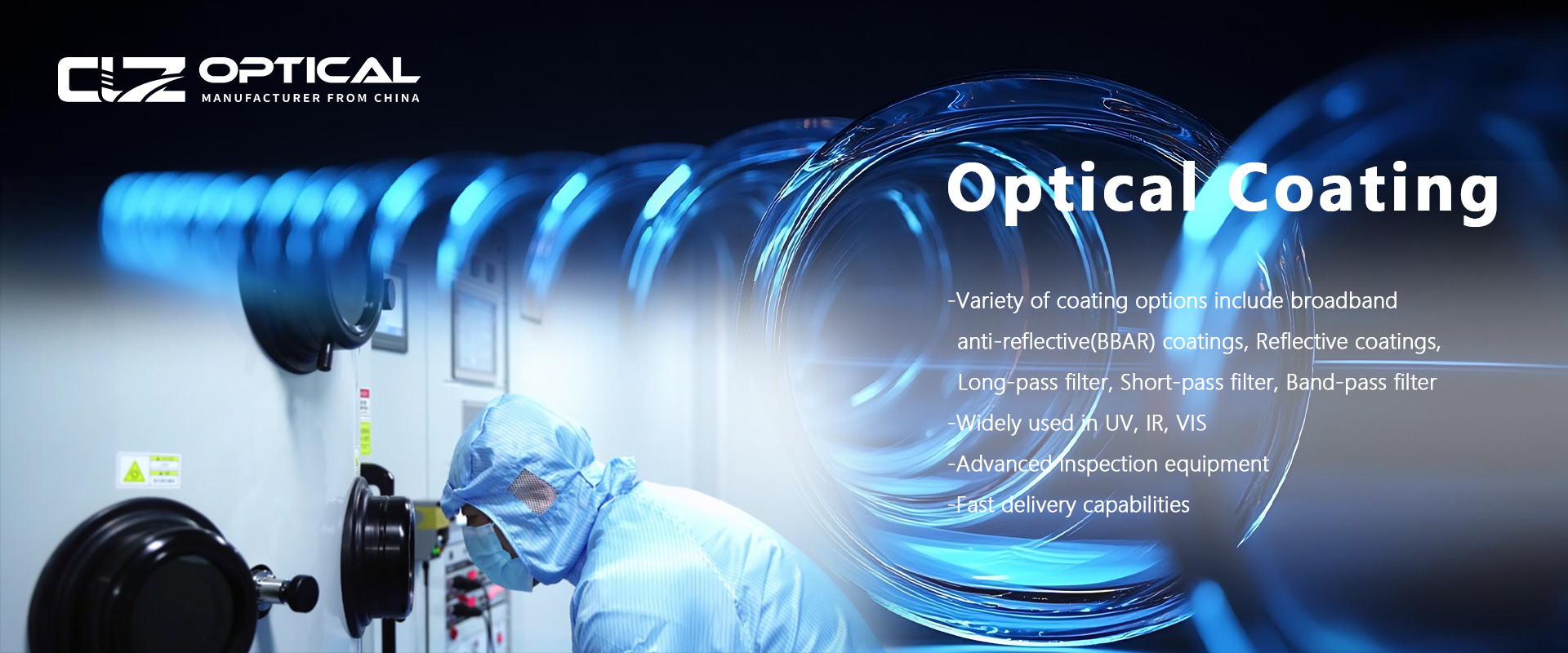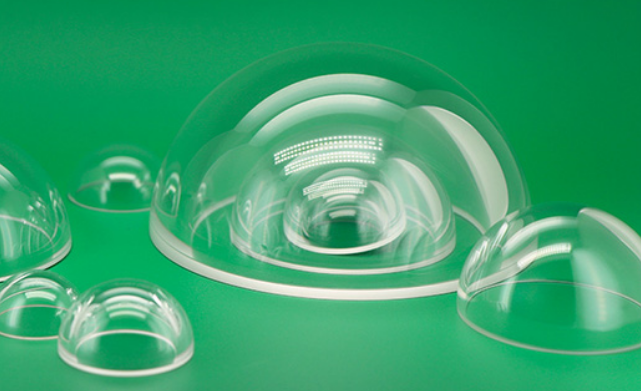What Are High-Precision Optical Components?
May. 14, 2024
In recent years, the demand for highly sophisticated and precise optical components has surged dramatically. From medical applications to space exploration, contemporary engineering necessitates components capable of enduring intense scrutiny and delivering outcomes with minimal room for error. This is where high-precision optical components play a crucial role.
High-Precision Optical Components — What Are They Exactly?
As the name suggests, high-precision optical components are designed to offer a much higher level of accuracy and tolerance than regular optical components.[1] However, in many cases, they need to function correctly within micron-level tolerances to meet the demands of their application.
These components are crafted with unparalleled precision using state-of-the-art technologies. Utilizing computer-controlled lathes and diamond-turning machines, materials like acrylic, nylon, brass, gold, or silver are meticulously processed. The outcome is an engineered product ideal for a diverse array of intricate applications
Advantages of High-Precision Optical Components
Numerous industries rely heavily on optical components, and high-precision parts offer a multitude of benefits.
Some of the most notable advantages include the following:
Increased Accuracy and Reliability
The foremost advantage of high-precision optical components lies in their superior accuracy and tolerance levels. This attribute is particularly crucial in industries where even minor deviations can lead to dire consequences.
For instance, in the medical domain, laser-based surgeries demand utmost precision. A slight misalignment in an optical component within the laser system could result in severe complications, risking patient safety and well-being. Similarly, in aerospace engineering, any flaw in aircraft components could potentially trigger catastrophic failures. In such critical scenarios, the indispensability of high-precision optical components cannot be overstated.
Greater Durability and Longevity
Yet another notable advantage of high-precision optical components is their inherent durability and prolonged lifespan, often surpassing that of standard counterparts. This durability stems from their construction with stronger and more resilient materials.
This heightened durability holds significant importance in applications where optical components endure extreme conditions, such as those encountered in automotive and aerospace engineering. In such instances, components must withstand elevated levels of heat, pressure, or vibration without succumbing to failure.
Expanded Range of Applications
High-precision optical components boast versatility across a significantly broader spectrum of applications compared to their standard counterparts. The potential uses are virtually limitless, constrained only by the creativity of engineers and designers.
Some prevalent applications encompass:
- Endoscopes
- Head-Mounted Optics
- Cameras and sensors
- LED lighting
- Guidance systems
- Night vision
- Substrate-Guided TIR Light Pipes
Types of Optical Components
There are a variety of optical components to consider when specifying high-precision parts for an application. Some of the most common include:
Spherical Elements
Spherical elements refer to optical components featuring one or more curved surfaces. The most prevalent example is the lens, utilized for light focusing or dispersion purposes.
Aspheres and Freeforms
These optical components deviate from spherical shape, typically with at least one non-spherical surface. Such shapes are employed to correct aberrations or achieve specific optical effects.
Infrared Filters
Designed to block unwanted infrared light while permitting the passage of visible light, these filters find application in areas such as night vision and thermal imaging.
Mirrors
Mirrors serve various purposes, including directing, focusing, or redirecting a beam of light. When combined with lenses, they facilitate image creation or object magnification.
Windows
Windows permit the passage of light while shielding the underlying surface from potential damage. Commonly utilized in environments where the exclusion of debris or contaminants is vital, such as medical devices or instruments.
Beamsplitters
These optics divide a light beam into two separate beams. Frequently employed in microscopy or fiber optics applications, they also enable the creation of special effects, such as holography.
Straight Edges
Utilized to establish a precise straight line or edge, straight edges find frequent use in metrology or inspection tasks. They can be crafted from diverse materials like metals, plastics, or glass.
Cylinders
Featuring one or more curved surfaces, cylinders serve purposes such as light focusing or dispersion. Integral to applications like microscopy or fiber optics, they play a crucial role in optical system design.
Optical Coatings
Thin films are applied to the surface of optical components to enhance their performance by diminishing reflections, scattering, or absorption. Various types of optical coatings exist, each possessing unique properties. Some of the most prevalent varieties include anti-reflective coatings, dichroic filters, and heat-reflective coatings.
Partner with a Trusted Optical Design and Manufacturing Company
Navigating the intricacies of designing and manufacturing high-precision optics can be overwhelming. However, with the guidance of a seasoned optical design and manufacturing company, you can realize your vision seamlessly. Our comprehensive suite of services encompasses optical and mechanical design, single-point diamond turning, injection molding, and diffractive optics technology.
Irrespective of your industry, we are poised to assist you in crafting the ideal optical solution tailored to your requirements. Reach out to us today to explore our capabilities further or to request a quote for your project.












